 |
 |
 |
| |
Estimating the contribution of viral hepatitis
and other etiologies to the burden of cirrhosis:
a worldwide systematic review
Together, HBV and HCV Less Prevalent in
Cirrhosis Than in HCC Cases Worldwide
|
| |
| |
EASL International Liver Congress, June 23-26, 2021
Mark Mascolini
Across the world hepatitis B and C virus (HBV and HCV) had lower prevalence in people with cirrhosis than in those with hepatocellular carcinoma (HCC), according to results of a systematic review [1]. Still, the hepatitis viruses are "an important cause of cirrhosis" across the world, noted the international team that conducted this study. They believe their findings provide "much-needed country-level, regional, and global data" on what's causing cirrhosis, and these findings can help countries set priorities for preventing liver disease.
Deaths attributed to HBV or HCV infection result mainly from decompensated cirrhosis or HCC. Research to date indicates that 56% of HCC can be attributed to HBV and 20% to HCV. But how much cirrhosis can be attributed to HBV and HCV remains poorly understood. Attributing death to HBV or HCV via death certificates is fraught with difficulty, the researchers noted, because of tendencies toward misclassification, underreporting, and differing coding practices.
Experts from the International Agency for Research on Cancer (IARC) and the World Health Organization (WHO) set out to estimate prevalence of HBV and HCV infection in people with cirrhosis by using currently available data. They also sought to estimate the prevalence of heavy alcohol consumption and nonalcoholic fatty liver disease (NAFLD) in people with cirrhosis. Finally they aimed to compare the prevalence of HBV and HCV infection in cirrhosis versus HCC.
Using four electronic databases-Medline, EMBASE, Web of Science, and SciELO-the research team evaluated relevant publications from January 1993 until April 2021. They searched for a combination of terms including liver cirrhosis, hepatitis B, hepatitis C, and/or etiology. The analysis included articles that reported both HBV and HCV data and involved more than 20 adults with cirrhosis. The researchers excluded studies using first-generation HCV assays.
The IARC/WHO team located 2432 full-text articles and determined that 507 studies involving 534 study populations could undergo quantitative analysis. The studies included more than 1 million people with cirrhosis in 76 countries.
Prevalence of HBV in people with cirrhosis proved highest in Asia and Africa. Prevalence of HCV in people with cirrhosis varied more from region to region but proved high in North America (including Mexico), Brazil, and Argentina. Combined greather-than-85% prevalence of HBV plus HCV in cirrhosis patients could be seen in Mongolia, Egypt, and Pakistan.
The researchers found data on prevalence of heavy alcohol consumption in people with cirrhosis in 421 studies from 61 countries. Heavy alcohol prevalence exceeded 40% in people with cirrhosis in the Americas, Australia, and Western Europe but lay below 10% in Northern Africa and Western Asia. The investigators found only 142 studies in 31 countries that reported NAFLD prevalence in people with cirrhosis. NAFLD prevalence varied from 2% to 15% in North America and Europe.
Sixty-two studies from 29 countries reported HBV and HCV prevalence in both people with cirrhosis and people with HCC. Combined HBV and HCV prevalence proved 50% higher in people with HCC than in those with cirrhosis (prevalence ratio [PR] 1.5, 95% confidence interval [CI] 1.4 to 1.5). Prevalence of HBV alone was more than twice higher in people with HCC than in those with cirrhosis (PR 2.2, 95% CI 2.2 to 2.3). HCV prevalence proved 30% higher in people with HCC than in those with cirrhosis (PR 1.3, 95% CI 1.3 to 1.4).
The IARC/WHO investigators concluded that prevalence of HBV and HCV-like HCC prevalence-varies across the world and even within regions. Overall, though, combined HBV-HCV prevalence was higher in HCC patients than in people with cirrhosis. Data on heavy alcohol drinking and NAFLD in people with cirrhosis "suggests major geographical variations," the researchers said, but the number of studies reporting on alcohol consumption or NAFLD in people with cirrhosis remains limited.
The research team made two recommendations:
- "Systematic, ongoing collection of representative data on the etiology of cirrhosis and HCC is required to evaluate progress towards hepatitis elimination."
- "Country-level, regional, and global data on the etiological fractions of cirrhosis can help set priorities for secondary prevention of liver disease through testing and treatment."
Reference
1. Alberts C, Clifford G, Negro F, et al. Estimating the contribution of viral hepatitis and other etiologies to the burden of cirrhosis: a worldwide systematic review. EASL International Liver Congress, June 23-26, 2021. Abstract OS-2750.
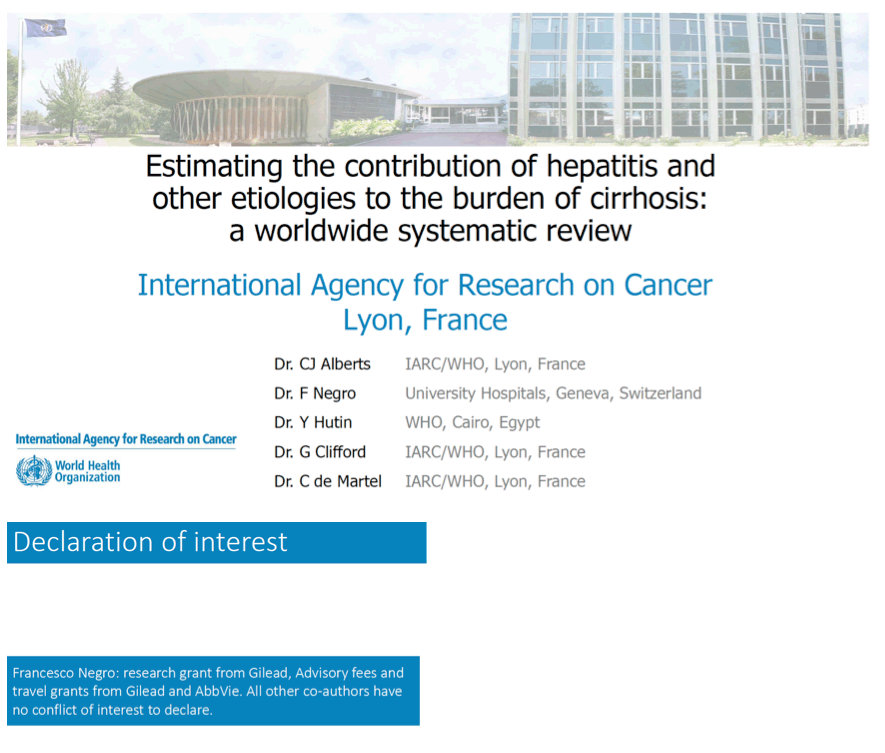
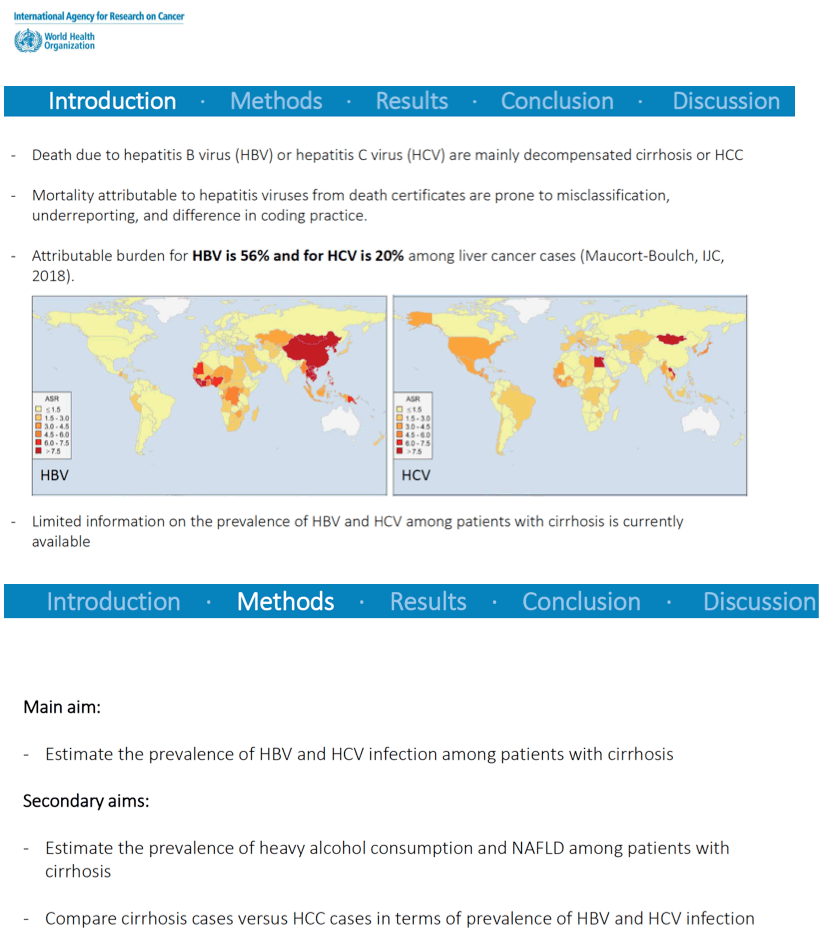
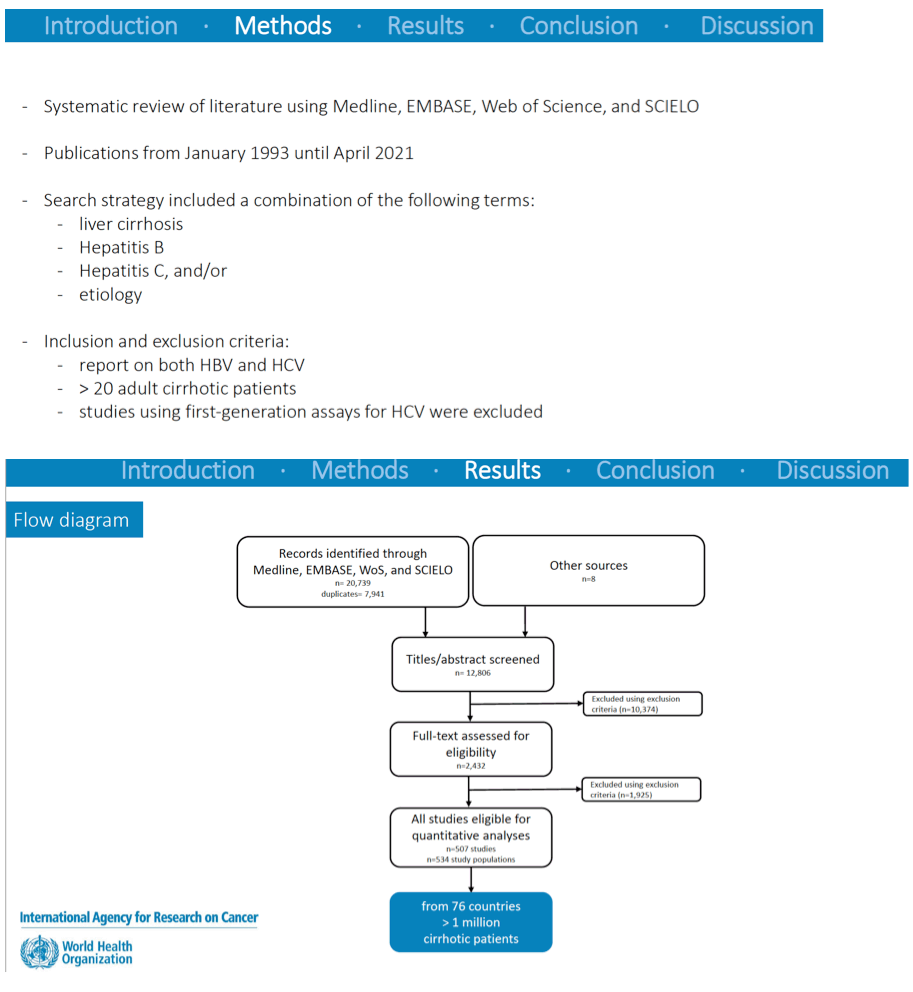
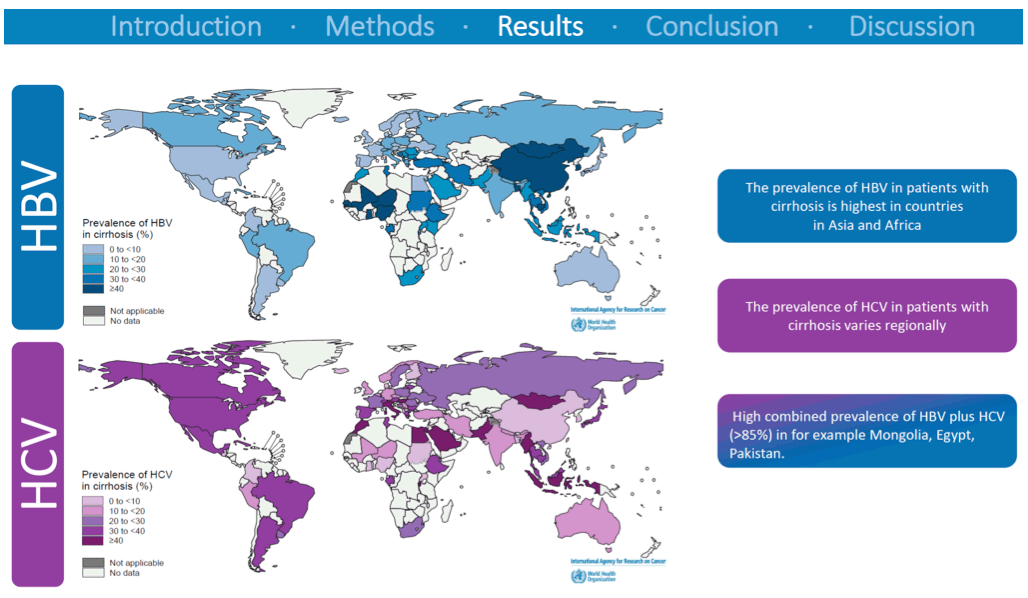
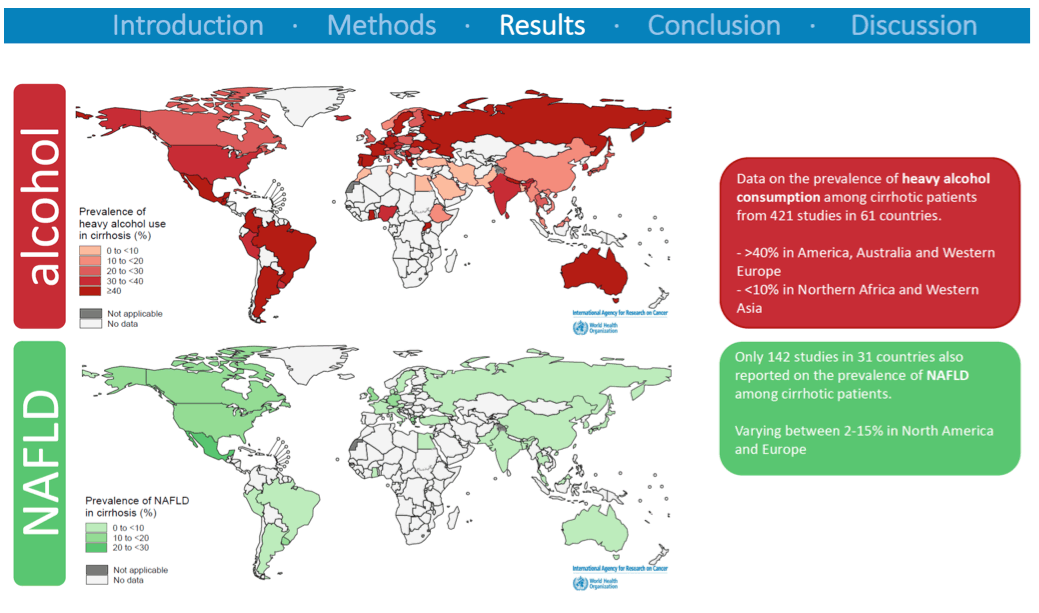
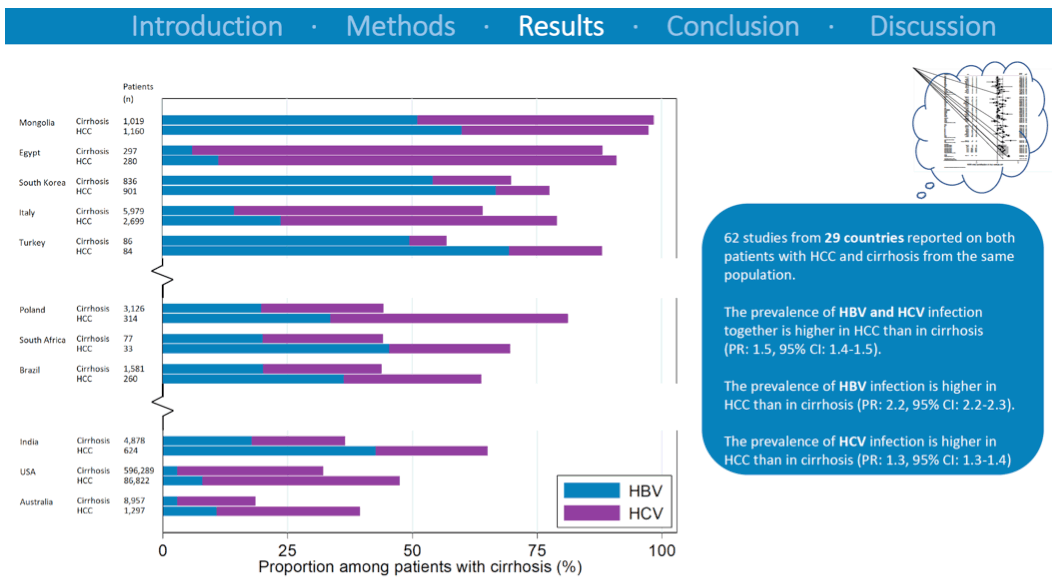
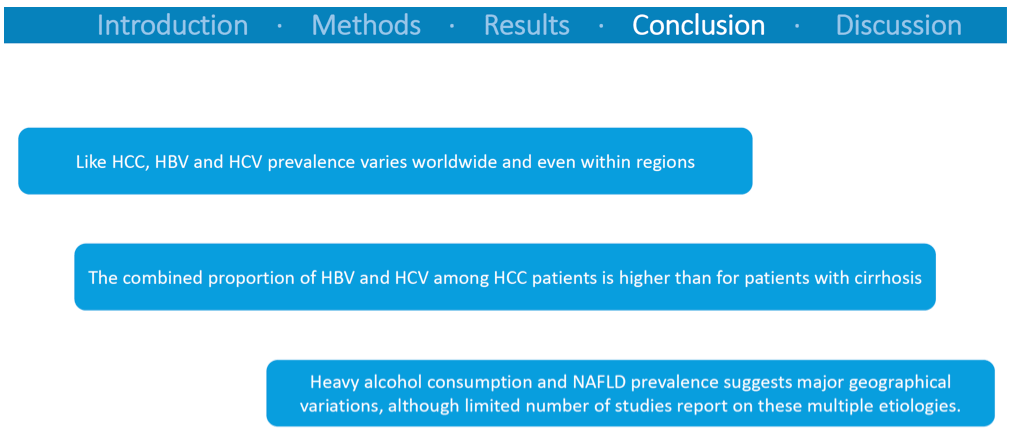
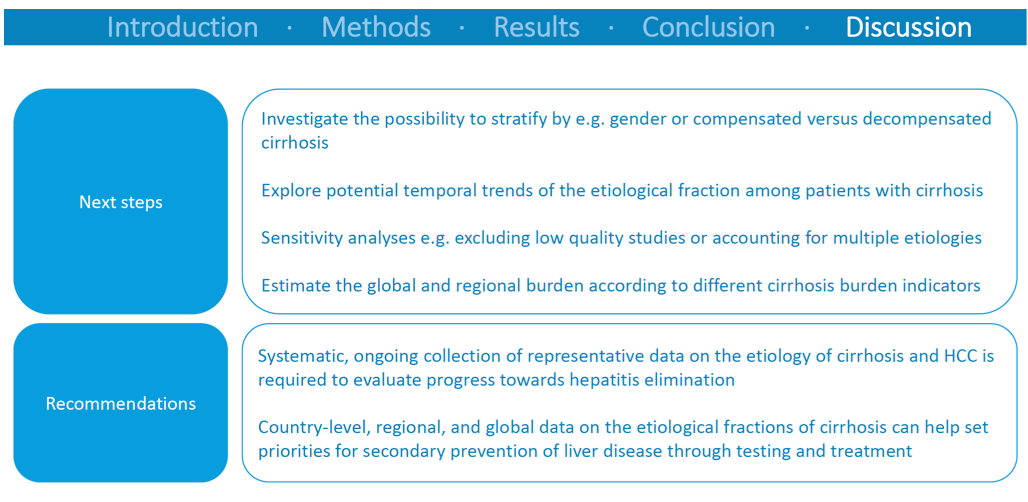
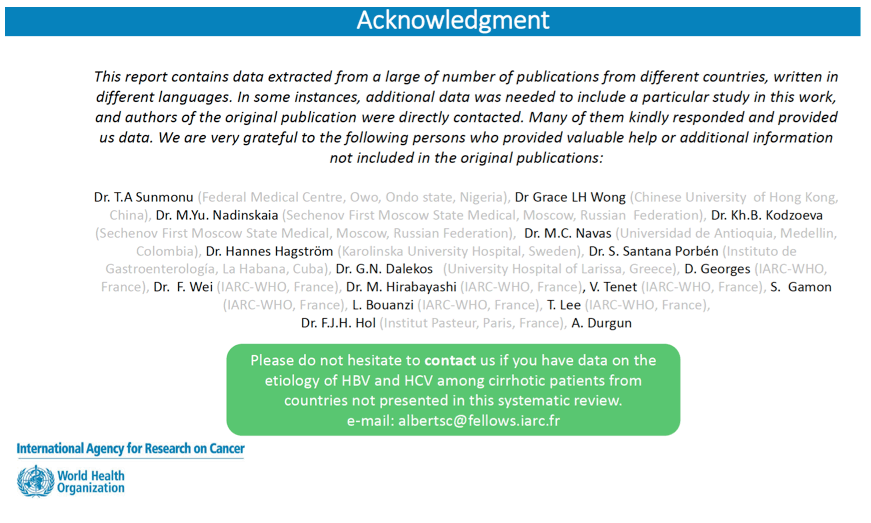
|
| |
|
 |
 |
|
|